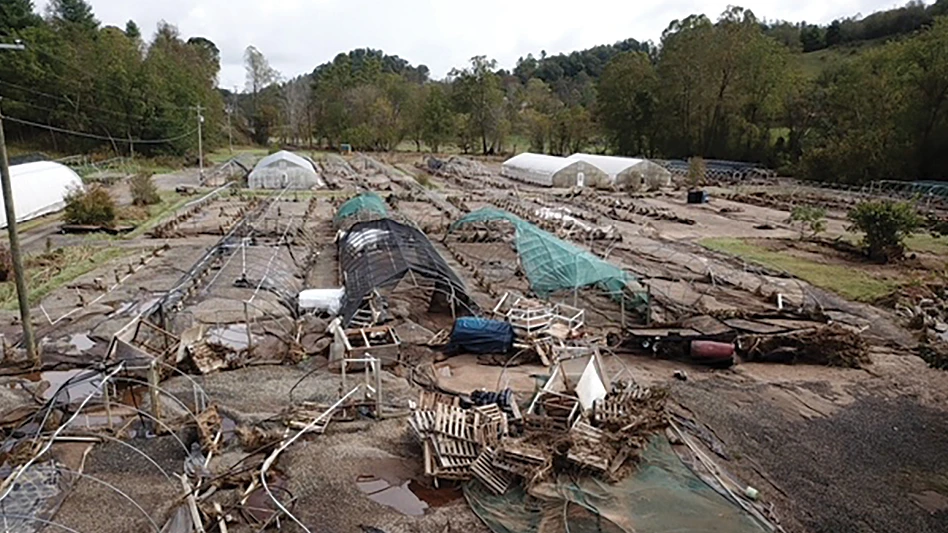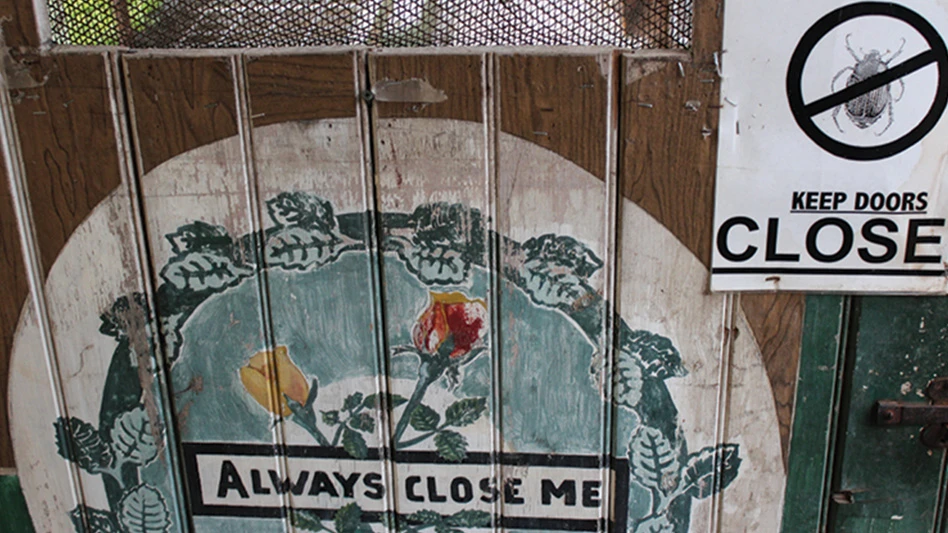
Also known as the “Father of Vertical Farming,” Dr. Toyoki Kozai, professor emeritus at Chiba University in Chiba, Japan, has been making strides in controlled environment agriculture for decades. From his work on energy savings and artificial lighting to his studies with in vitro plant propagation and medicinal plant production, Kozai has earned the high esteem of controlled environment agriculturalists worldwide.
Kozai, who previously served as president of Chiba University and has edited numerous papers, book chapters and the books “Plant Factory” and “LED Lighting for Urban Agriculture,” will give the keynote speech on May 17, 2017 at the International Congress on Controlled Environment Agriculture in Panama City, Panama. Produce Grower is proud to be a media partner for the event.
As ICCEA Panama approaches, Produce Grower magazine caught up with Kozai to discuss his vertical farming and lighting research, new technologies and methods of production, and which countries and companies are expressing interest in the growing market.
Produce Grower: Your keynote topic is titled "LED lighting for Urban Agriculture." How is LED lighting different for urban agriculture than for agriculture in other types of controlled environments?
Dr. Toyoki Kozai: By using LED, we can choose an optimal light quality for vegetative growth, reproductive (flowering) growth, and/or secondary metabolite production of crops with use of minimum electricity consumption. Inter-crop supplemental lighting can be conducted most efficiently by using LEDs. LED technology has still been advancing rapidly and the cost performance of using LEDs will be improved further in the near future. Optimal LED lighting recipe for value-added plant production will open a new business (cosmetics, medicinal, plant-derived food/soft drink additives).
PG: What else can ICCEA Panama attendees expect from your presentation?
TK: I will talk about the applications of AI (artificial intelligence) with big data mining, ICT (information and communication technology) with camera image processing, and global and local network with open source database.
PG: How has the vertical farming industry changed since you were a keynote speaker at ICCEA 2015?
TK: Many big private companies such as Philips, Panasonic, Syngenta (Seeds), Apple computer, etc. are entering the vertical farming business.
PG: Can you give us examples of some of the research you have done over the years on vertical farming?
TK: Online estimation of rates of photosynthesis, transpiration (water uptake) and respiration in vertical farms.
Reduction in electricity costs for lighting and air conditioning by improving LED lighting system and lighting period scheduling, operation modes of air conditioners, and optimization of environmental factors other than light.
Standardization and guideline drawing-up of units and terminology used in vertical farming.
PG: Which research projects have you found to be most fulfilling?
TK: The most fulfilling project for the next generation of vertical farms is the online estimation of rates of photosynthesis, transpiration (water uptake) and respiration in vertical farms.
PG: What is a Plant Factory with Artificial Light (PFAL), and why is it important for CEA?
TK: PFAL is a group of vertical farms. PFAL is characterized by its high airtightness, high thermal insulation with a high hygiene level, where they can produce clean and high quality vegetables ready to eat without washing. The PFAL is best not suited to maximize the yields with highest quality using minimum resources and minimum emission of wastes currently, but it will become best in the coming decades.
PG: In an interview with Greenhouse Management magazine in 2015, you said Japanese CEA greenhouse innovation is behind the Dutch? Do you still feel that way? Is Japan catching up at all?
TK: Yes, I feel that Japanese CEA greenhouse innovation is still behind the Dutch. Japanese CEA greenhouses are small scaled and cannot invest a lot for innovations. On the other hand, most greenhouse growers are making profits because the retail prices of vegetables are high in Japan. This situation make Japanese greenhouse growers a bit lazy.
PG: What response would you have for a person who does not think that the high cost of vertical farms is worthwhile? What about in regard to LED lighting?
TK: The cost of vertical farms has been decreasing year by year.
The initial cost per floor area of vertical farms is currently about 10 times higher than that of [a] greenhouse with environment control units. On the other hands, the productivity per unit floor area of leafy vegetables is about 10 times higher than that of greenhouse, meaning that initial cost per production capacity is comparable. Also, the yield in vertical farms is not affected by weather and pest insects. The direct production per kilogram of fresh vegetables in vertical farms and greenhouses is currently comparable in Japan.
However, you need very high skills (knowledge, experience, etc.) to manage the vertical farms.
The price of LEDs has been decreasing year by year. On the other hand, the introduction of LEDs to vertical farms is justified only when they know which LED is best and how to use it.PG: You recently released the book "LED Lighting for Urban Agriculture." What led you to develop this book? How is it different from other books on the market?
TK: Recent technological developments in LEDs, image processing, big data mining, [and] DNA sequencing are remarkable. I intended to include such recent technological developments in "LED Lighting for Urban Agriculture." In “Plant Factory” published by Academic Press in 2015, these technologies were described very little.
PG: What does the future look like for vertical farming?
TK: It is promising. Commercialization of vertical farms started in Asian countries such as Japan and Taiwan since 2010. It is going to be started in the Netherlands this year. Russia has a strong interest in the vertical farming business.
Commercialization of strawberry production in vertical farms started in Japan two years ago. Commercialization of high-wire cherry tomato production has been considered in the Netherlands. Many private companies are interested in the production of medicinal plants in vertical farms.
Latest from Produce Grower
- International Sprout Growers Association to co-locate annual convention with Indoor Ag-Con
- IALR to support multi-state CEA student certificate program
- Mucci Farms expands operations with acquisition of Greenhill Produce
- Edible Garden receives USDA grants to support organic certification R&D
- ADVANCEA hosting greenhouse environmental control online course
- Tips for fast finishing
- Collaboration with Lubing brings CropKing NFT Channel to agriculture producers around the world
- Bug budget boom





